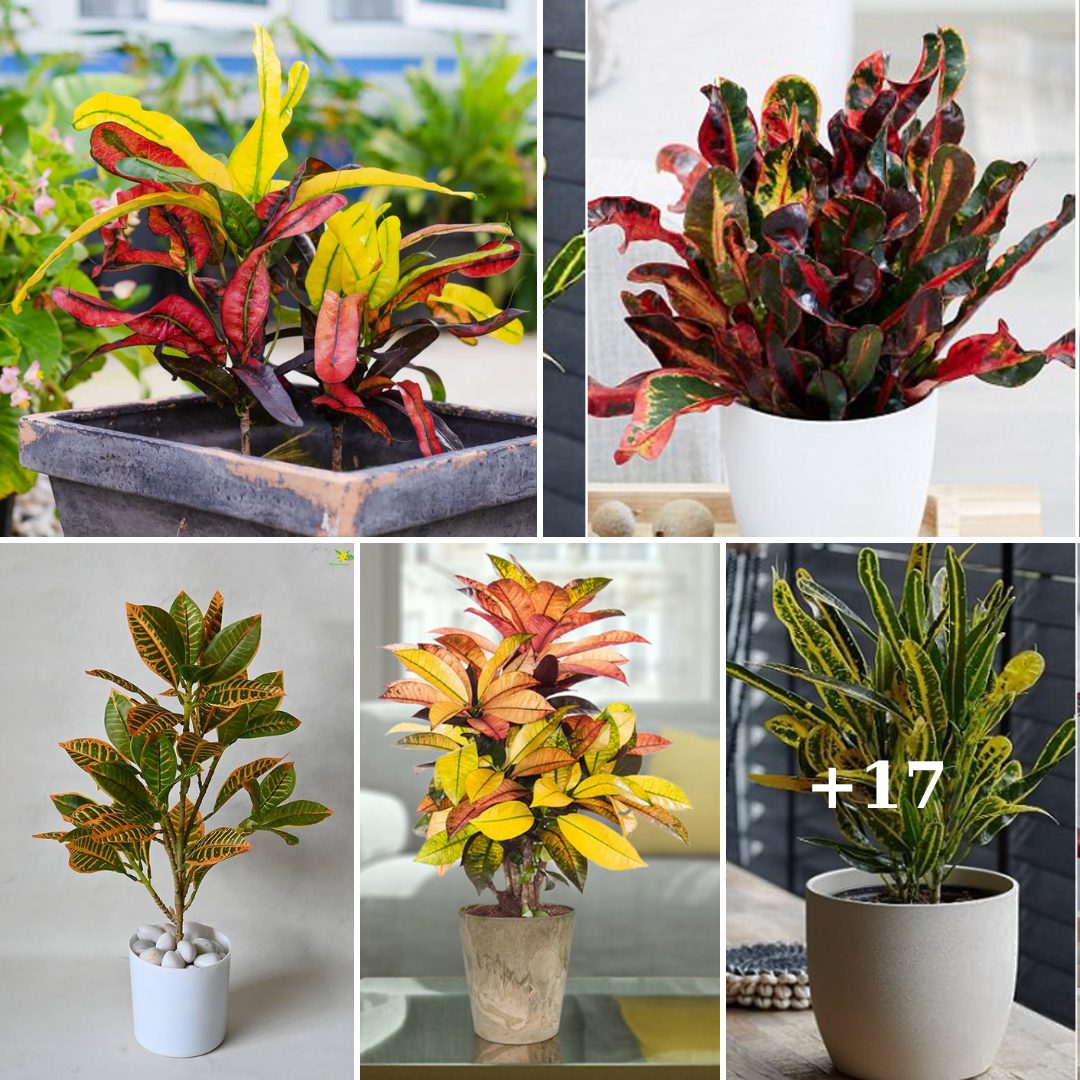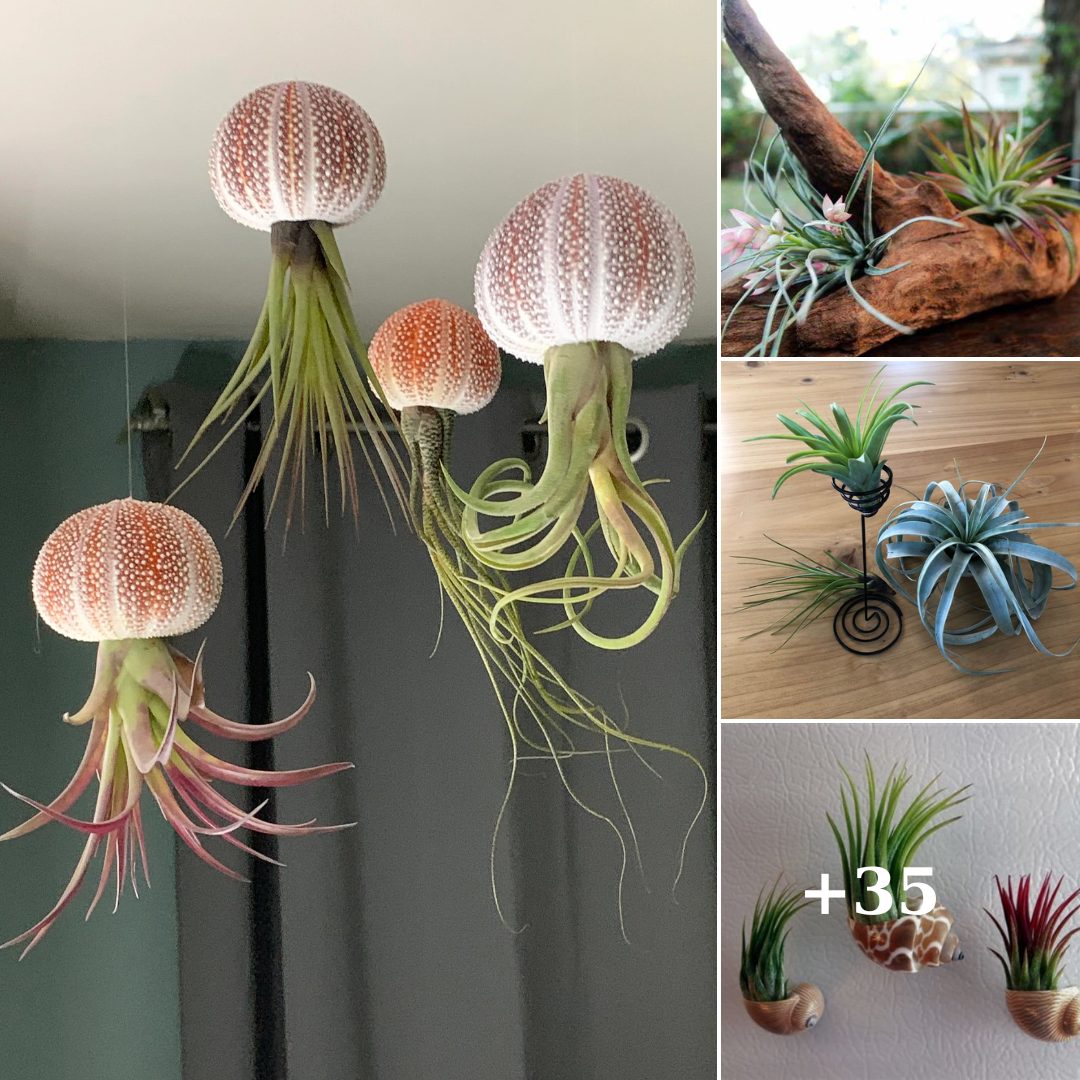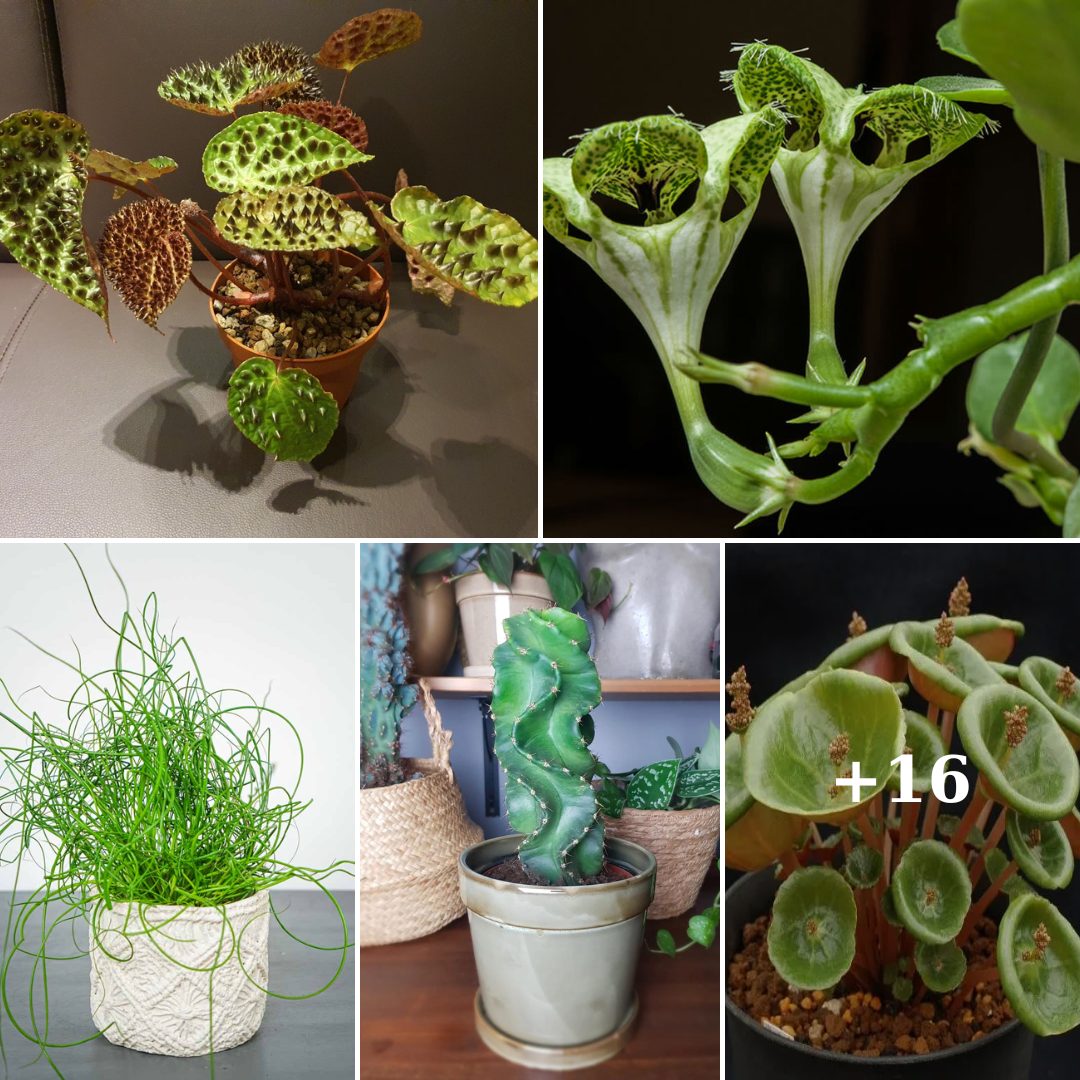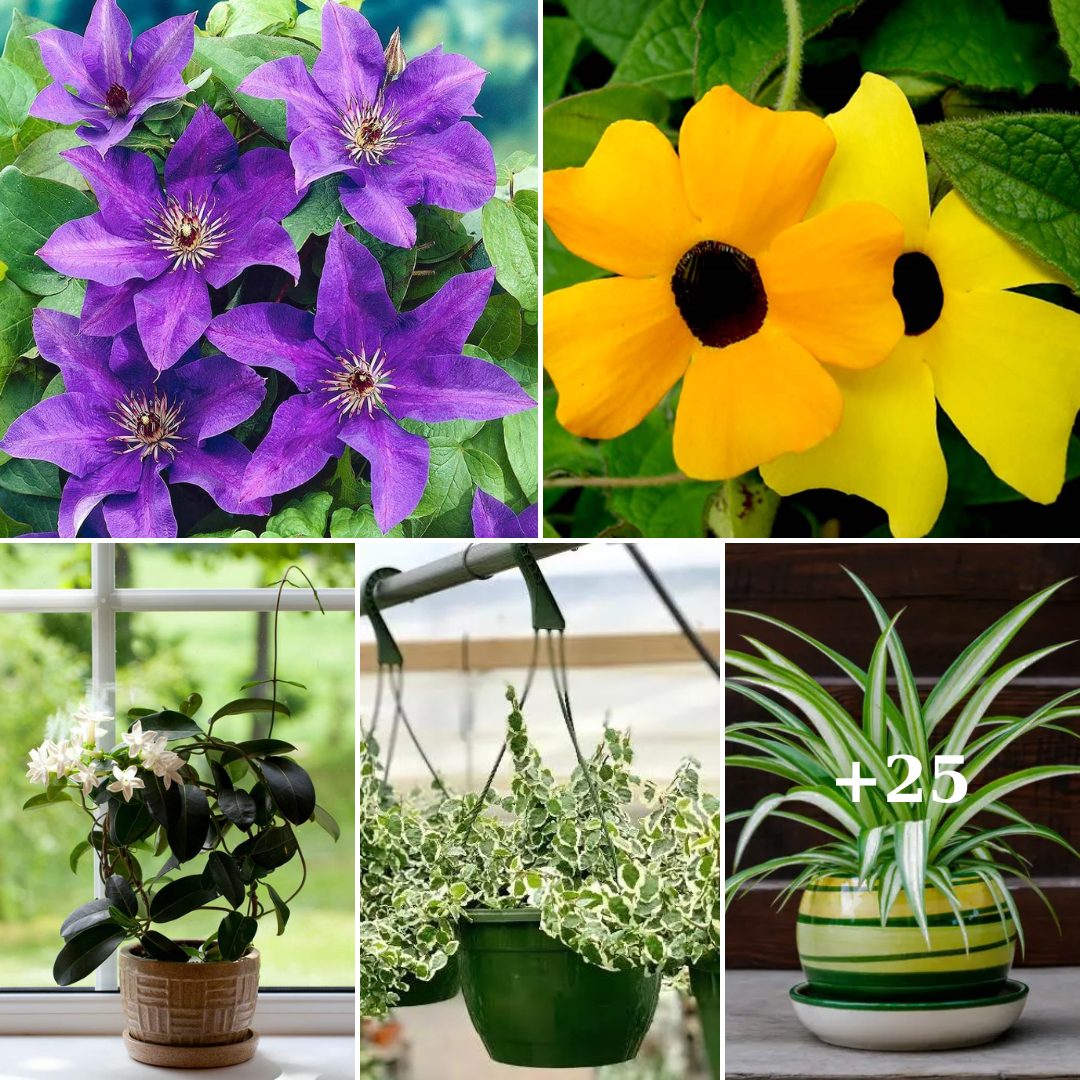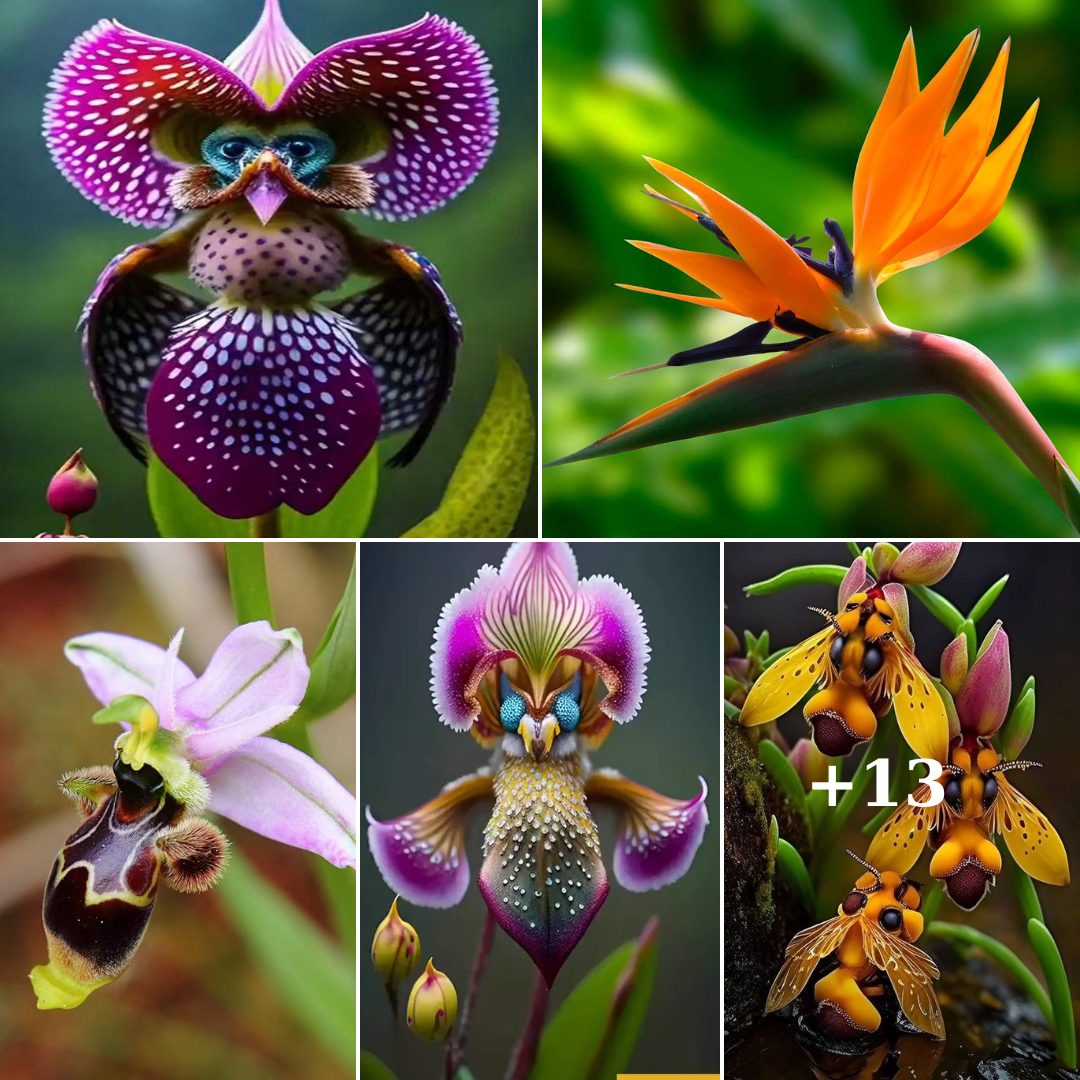Epiphyllum, also known as Orchid Cacti, are stunning and unique plants that can bring beauty and vibrancy to any garden or indoor space. With their striking flowers and trailing growth habit, Epiphyllums are a popular choice among plant enthusiasts. If you’re interested in growing and caring for these fascinating plants, here are some tips to help you get started.
- Light and Temperature: Epiphyllums thrive in bright but indirect light. Place them near a window with filtered sunlight or in a spot with partial shade. Avoid exposing them to direct sunlight, as it can cause sunburn on the leaves. These plants prefer temperatures between 60°F (15°C) and 80°F (27°C), so keep them in a location with moderate temperatures.

- Watering: Epiphyllums have specific watering needs. During the growing season (spring and summer), water them thoroughly, allowing the soil to dry out slightly between waterings. In the dormant season (fall and winter), reduce watering and only moisten the soil occasionally. Overwatering can lead to root rot, so it’s important to find the right balance.

- Soil and Potting: Use a well-draining potting mix specifically formulated for cacti and succulents. This type of soil will ensure proper drainage and prevent waterlogged roots. Repot your Epiphyllum every two to three years or when you notice it has outgrown its current pot.

- Fertilizing: Feed your Epiphyllum with a balanced, water-soluble fertilizer during the active growing season. Dilute the fertilizer to half strength and apply it every two to four weeks. Avoid fertilizing during the dormant period, as the plant requires less nutrients during this time.
- Pruning and Training: Epiphyllums have a trailing growth habit, and their branches can become long and leggy. Prune them back in the spring to maintain a more compact and bushy shape. You can also propagate new plants from the cuttings by allowing them to dry for a few days and then planting them in a well-draining soil mix.

- Pests and Diseases: Keep an eye out for common pests such as mealybugs and scale insects. If you notice any signs of infestation, treat the plant with an appropriate insecticide or use natural methods like neem oil or insecticidal soap. Ensure good air circulation around the plant to prevent fungal diseases.

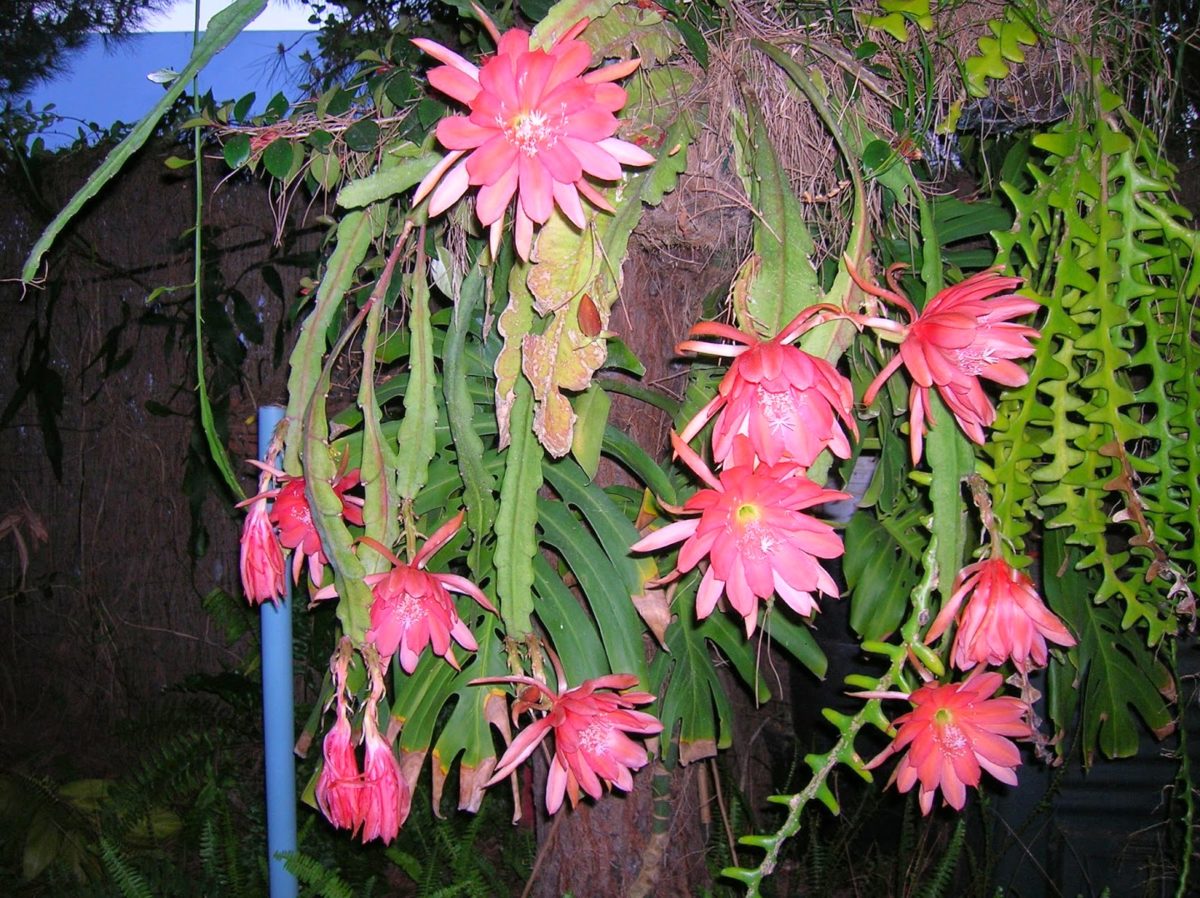
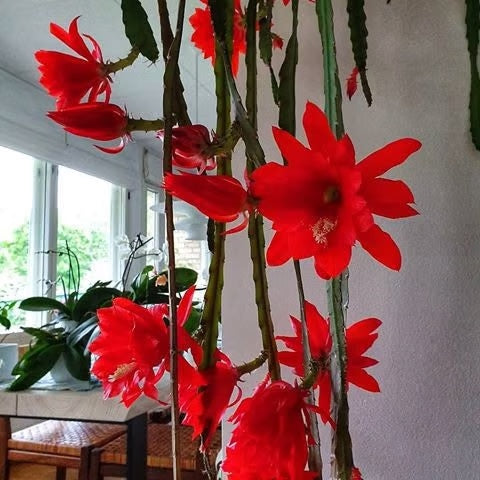

By following these guidelines, you can successfully grow and care for Epiphyllums, enjoying their stunning flowers and unique form. Remember to observe your plant closely and make adjustments to its care based on its specific needs. With a little attention and care, your Epiphyllum will reward you with its beautiful blooms and enhance the beauty of your garden or indoor space.
Source: https://www.homiful.com

